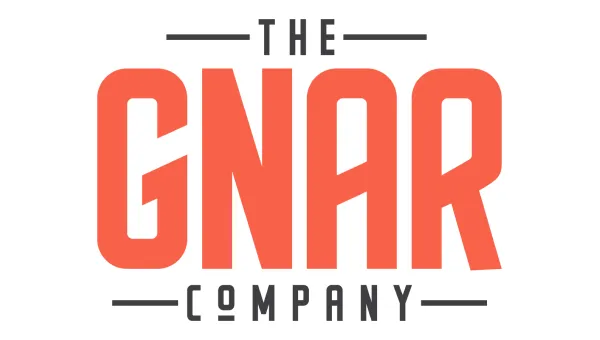
Making New ActiveRecord Models (Let's Try It Again)
If we want to make a new instance of an ActiveRecord model with particular attributes, we have a number of options.
We can pass the attributes in as a hash:
u = User.new(first_name: "Jordan", last_name: "Knight")We can set the attributes after creating the object:
u = User.new
u.first_name = "Jordan"
u.last_name = "Knight"And there's a third option - we can also pass new a block:
u = User.new do |user|
user.first_name = "Jordan"
user.last_name = "Knight"
endWhen Could We Use This? (The Block)
Let's say we have a system that members of a band use to check their tour schedule. Band members are users, and when we add a member, we want to make a user for them.
def add_member(first_name:, last_name:)
@members << User.new(first_name: first_name, last_name: last_name)
endAdditionally, users have a username attribute, and we want to keep that unique within a given band. We also want the system to define the username when we add a band member.
def add_member(first_name:, last_name:)
username = "#{band_name}_#{last_name}"
if @members.pluck(:last_name).include?(last_name)
username << unique_value
end
@members << User.new(first_name: first_name, last_name: last_name, username: username)
end
def unique_value
...
endHowever, if we prefer the aesthetic, we can also define those attributes in a block:
def add_member(first_name:, last_name:)
@members << User.new do |user|
user.first_name = first_name
user.last_name = last_name
user.username = "#{band_name}_#{last_name}"
if @members.pluck(:last_name).include?(last_name)
user.username << unique_value
end
end
endSeeing The Result (The Right Stuff)
Let's check our work to see the usernames of our band members.
[1] pry(main)> band = Band.new("New Kids on the Block")
[2] pry(main)> band.add_member(first_name: "Jordan", last_name: "Knight")
[3] pry(main)> band.add_member(first_name: "Donnie", last_name: "Wahlberg")
[4] pry(main)> band.add_member(first_name: "Jonathan", last_name: "Knight")
[5] pry(main)> band.members.pluck(:username)
=> ["New_Kids_on_the_Block_Knight",
"New_Kids_on_the_Block_Wahlberg",
"New_Kids_on_the_Block_Knight_65"]Jonathan's username has additional characters appended to it, as Jordan already claimed the username "New_Kids_on_the_Block_Knight".
Tap Dance (Step By Step)
If you're familiar with Ruby's tap method, you might be wondering what all the fuss is about. We can do the same thing with tap:
def add_member(first_name:, last_name:)
@members << User.new.tap do |user|
user.first_name = first_name
user.last_name = last_name
user.username = "#{band_name}_#{last_name}"
if @members.pluck(:last_name).include?(last_name)
user.username << unique_value
end
end
endThis works with any Ruby object, not just those that inherit from ActiveRecord::Base, so why bother with having to know if we can pass a block to new or not, based on what the object inherits from?
That's fair, but new is not the only ActiveRecord method that takes a block. Others include create, build, and find_or_initialize_by. There the differences with tap start to show:
new_user = User.create(first_name: "Jordan", last_name: "Knight").tap do |u|
u.first_name = "Jonathan"
endOur new_user has the first name of Jonathan, resulting from the call to tap:
new_user.first_name
=> "Jonathan"However, that's only persisted in memory - not in the database. What we stored in the database is what we passed to create.
new_user.reload.first_name
=> "Jordan"We can also pass a block to create directly:
new_user = User.create(first_name: "Jordan", last_name: "Knight") do |u|
u.first_name = "Jonathan"
endAnd in that case, the first name of the user in memory and in the database is Jonathan.
new_user.first_name
=> "Jonathan"
new_user.reload.first_name
=> "Jonathan"Why would we mix setting attributes with create both by passing a hash and a block, either with or without tap? Other than to explain quirks and differences in what method you're passing a block to, I am also interested in knowing. If you have real-world use cases, let me know!
Finding Blocks in Rails Source Code (Face the Music)
If you're curious about where in Rails' source code new is set up to take a block, we can start by looking in ActiveRecord::Base. As of the time this article was published, there's not much implementation in that class. Instead, we have to look in the Core module to find the initialize method that takes a block.
Initializing an ActiveRecord model with a block is also defined in the documentation.
Thanks for hangin' tough to the end of this article. I hope you learned a thing or two about passing blocks to ActiveRecord methods.
Learn more about how The Gnar builds Ruby on Rails applications.



